The plan was simple – walk 2nd Street from Cedar north to Gilman, through the grit and chaos and decay of Berkeley’s dark satanic mills, humming to myself Blake’s Jersusalem. The music was written by Sir Hubert Parry in 1916. Blake wrote the words in 1804 or 1808. The poem was inspired by the apocryphal story that a young Jesus, accompanied by Joseph of Arimathea, travelled to what is now England and visited Glastonbury during his unknown years. Joseph of Arimathea assumed responsibility for the burial of Jesus after his crucifixion.
The verse that was relevant to the place:
And did the Countenance Divine,
Shine forth upon our clouded hills?
And was Jerusalem builded here
Among those dark Satanic Mills.
The hymn is found in the hymnal of the Church of England, but I do not think that it is found in the hymnal of the Episcopal Church, and it certainly wasn’t a part of boy days in chapel. What a song though!
Only a few minutes into our walk, John Storey and I had the same idea at the same time – this really should be shot in black and white. There already was a strong vibe of another-place and another-century, and the black and white enhanced that vibe big-time. This photo is where we were when we had the thought.
So – for the first time EVER! – a Quirky Berkeley post in glorious black and white.
My family did not buy a color television until 1972 after I left home in Pennsylvania and came to California. I did not know that this ….

turned into this.
Who knew?
The point being, there were a few shots on 2nd Street that called for color. Who was I to deny it?
And then this happy little fire plug:
These photos are the exceptions that prove the rule – exceptio probat regulam in casibus non exceptis. Going black and white was a bold and brilliant idea.
It may seem that I am being a hopeless romantic about Berkeley’s dark satanic mills. They are dark and they are Satanic – the jobs were dirty and dangerous and loud and physically demanding. The air and soil and water all suffered. That said, the industrial architecture in industrial Berkeley is of aesthetic and cultural interest to me. All around America, industry has been leaving America, especially cite and their metropolitan areas. The derelict land and dilapidated buildings they leave with considerable environmental remediation needed is a big challenge. One hopes that Berkeley’s solution is not to replicate the model of Emeryville and Bay Street.
The factories and forges and foundries were once an essential component of Berkeley, a counterbalance to the wealth of the hills and the intellectualism of the University. As we lose these factories and as the neighborhoods where the workers once lived fall to the forces of gentrification, we lose the balance that we had. With gentrification comes the loss of working-class culture and the importation of white suburban values. Scratch a YIMBY advocate and you’ll find suburban Ohio values and tastes. No thanks!
I showed the draft post to my friend.
He handed me this photo. “I think of your friend Debbie singing Jerusalem and you playing the piano.”
Indeed. This photo was taken in late 2011. Lucas the little polydactyl cat with a stubby nub of a tail walked away and found somewhere to hide and die in July 2014. Debbie died in the fall of 2014. Nina the dog who loved Debbie dearly died in January 2017. All gone. Oh my. And, yes, Debbie did love Jerusalem and she sang it beautifully with her Broadway voice. We played Jerusalem as performed by the BBC Concert Orchestra at her memorial service. Oh my.
Way to bring me down my friend!
What did he think of the post?

















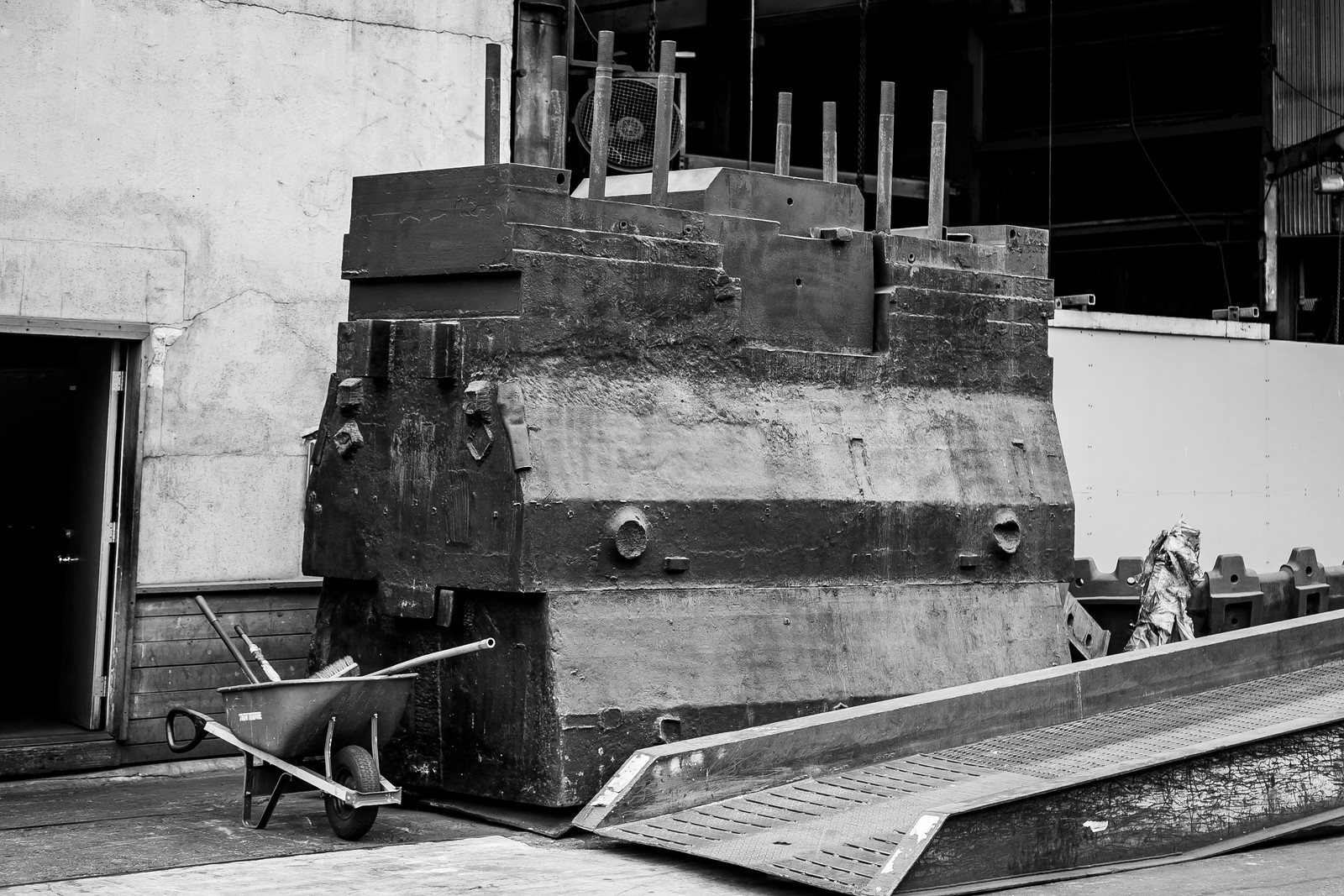


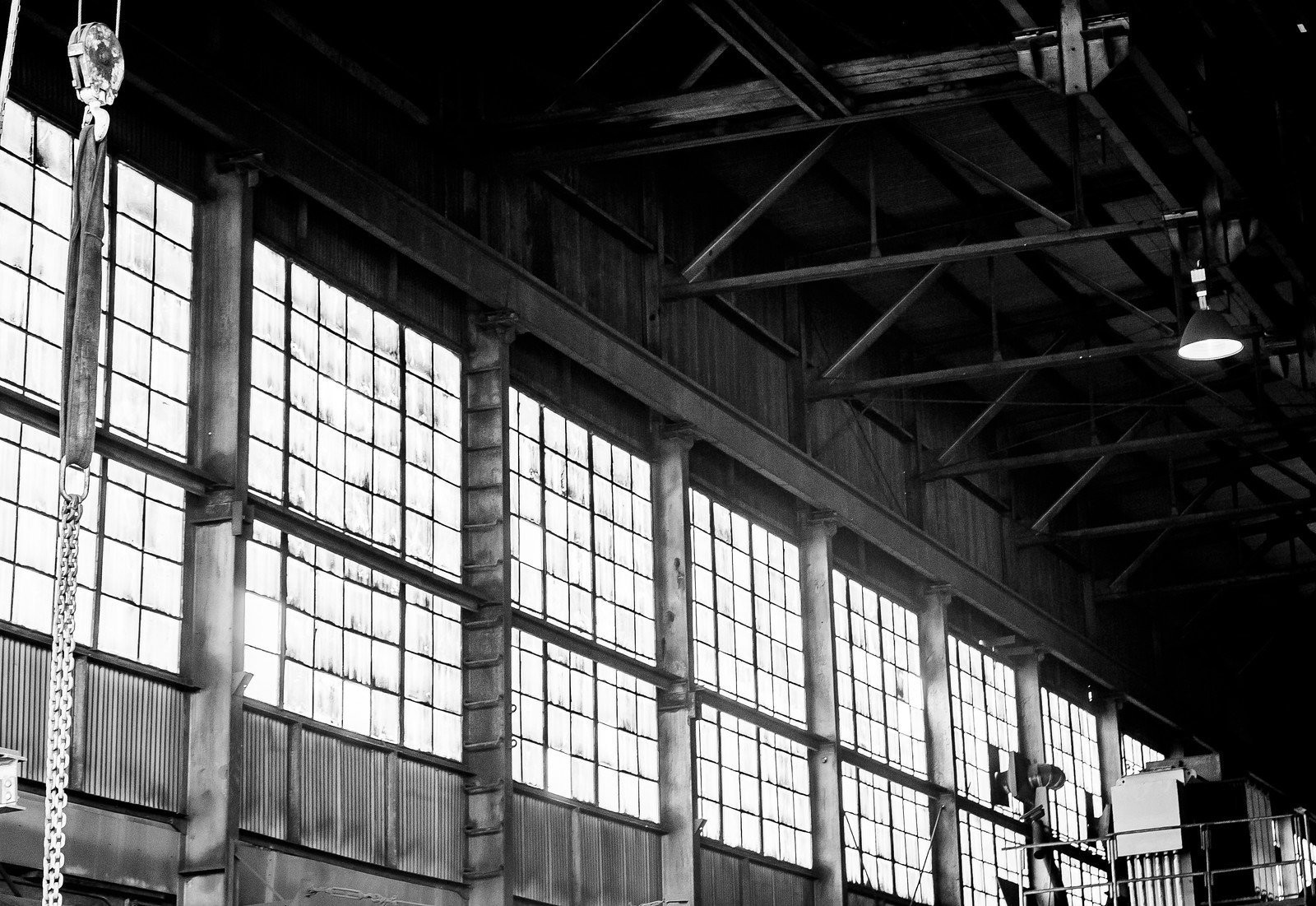






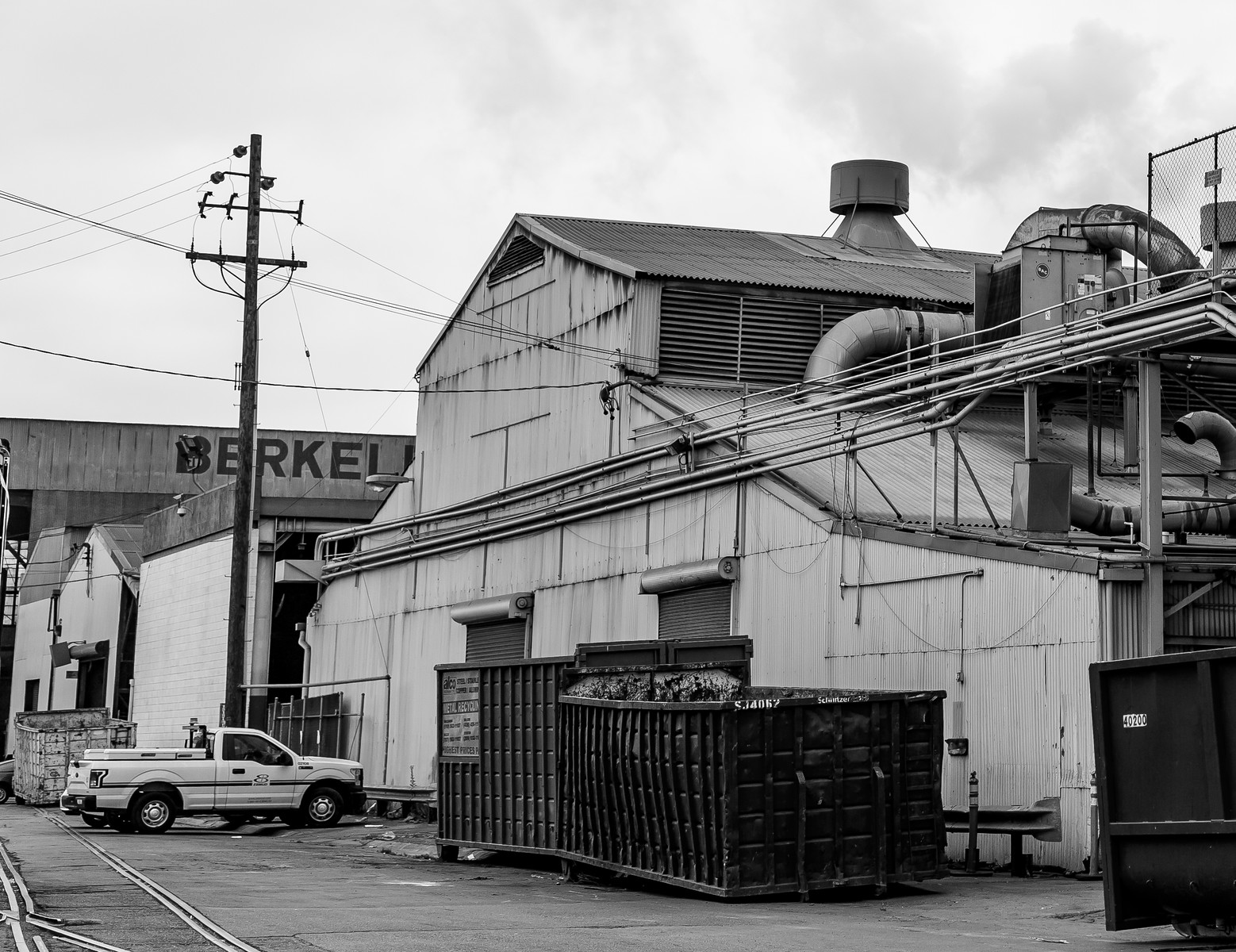





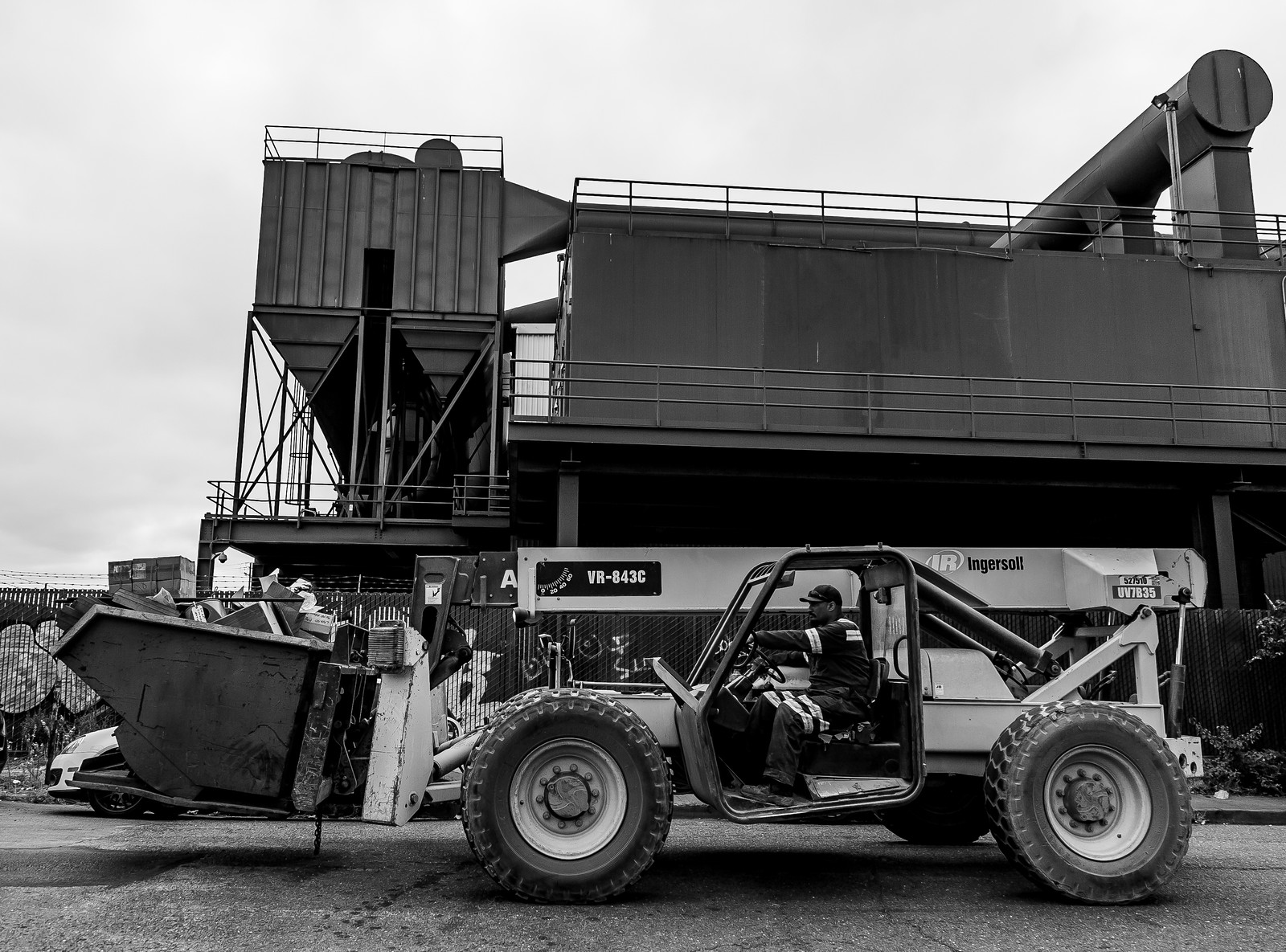



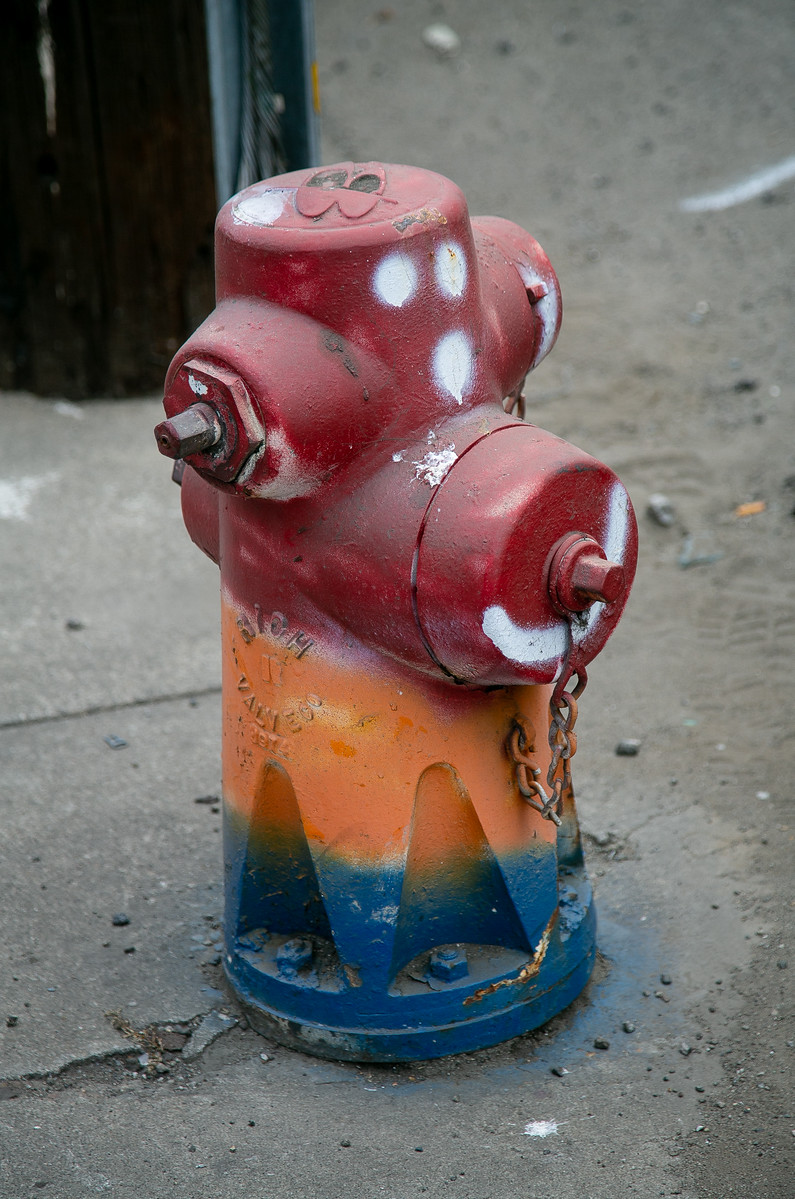

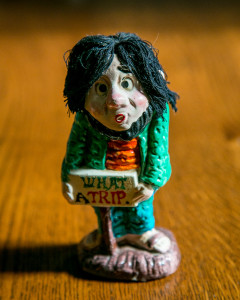
America has become a National Park and all of the dirty toxic work is done by other hungrier more expendable(at least to us) people all over the world. The only real industry we have left is the Military, who’s job it is to force the hungry people all over the world to work harder, just like it used to be in this country. In a nutshell. Follow the language. As actual industry has disappeared from the West, everything we do, including nail polishing and nail biting, is referred to as an Industry. A friend once asked me what an Industry was. I said I really could not answer that, but if you saw an industry, you’d know it, and you would never forget it. So, so. The way it is, on the other side of the Reagan Revolution. Cheers!
Thanks for the great post and your reference to Blake and the hymnal. It would not have been in the Episcopal hymnal, nor do I remember singing it as a young choir boy.
Your photographs in black-and-white of the satanic mills are wonderful. I often run down Virginia Street to 2nd Street and pass the mills with their rusted and dirty exteriors. I often stop at the corner of Virginia and second to take a breath and look over with some small nostalgia for another America now failing and disappearing like old mills across the street.
Thanks
You and John deserve an award. Loved the black and whites, particularly the shot of the pallets- great contrast. And the transition to color made everything pop out with vibrant life. I’ve thought of doing a photodoc of the garbage/art along the rr tracks.
John does. I agree. It is amazing.
Seeing these old pictures, I’m reminded of 4th street before the evil, satanic gentrification that basically ruined (for me) that area for all time. I hope and pray that such satanic conversions as what occurred on 4th street are stopped in their tracks before the whole town, lock, stock and barrel is turned into an ugly, perverted version of Walnut Creek!